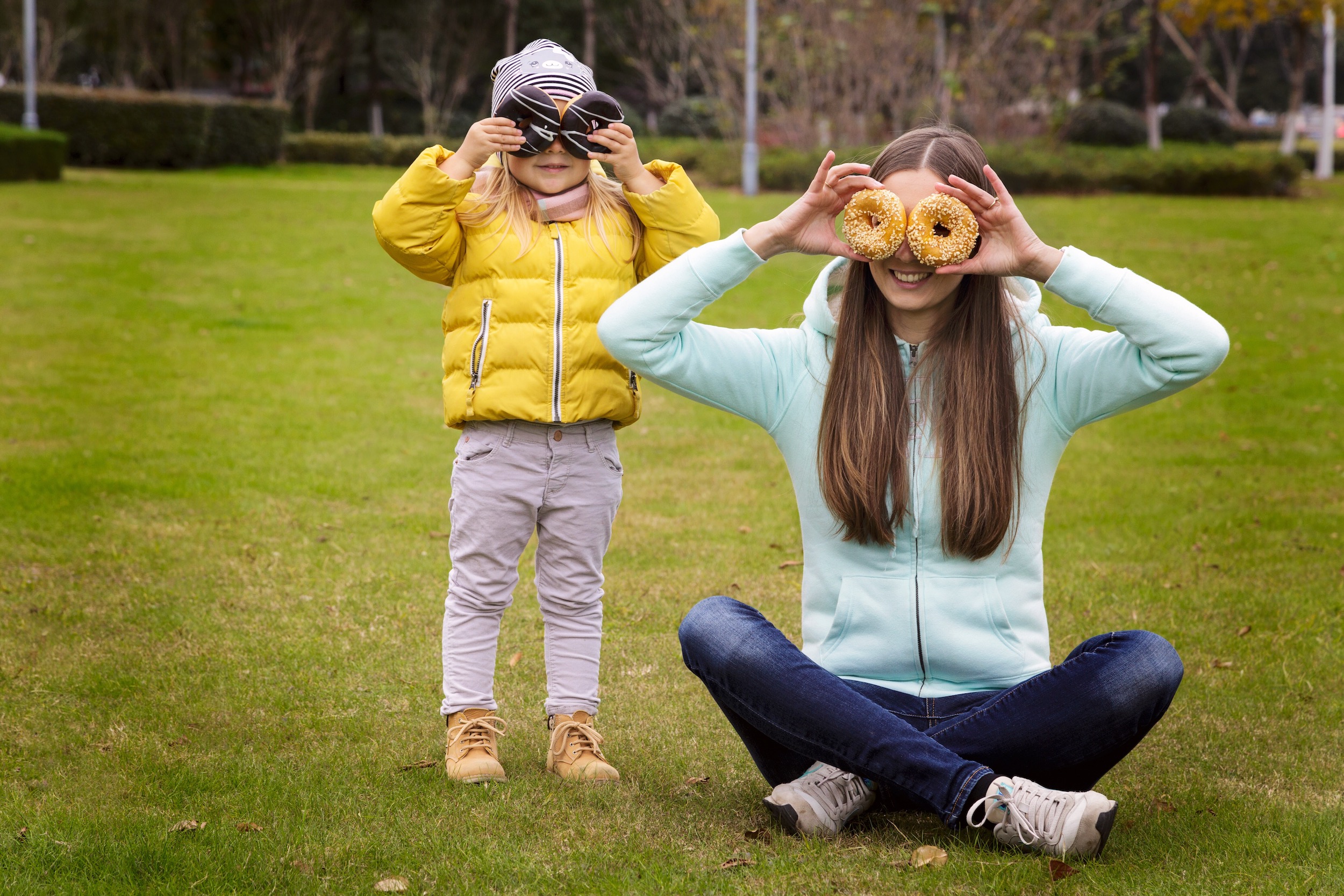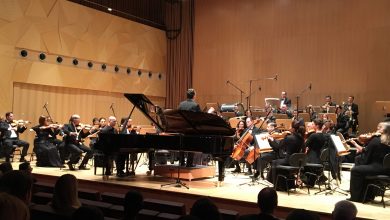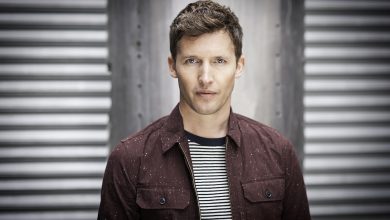Children and Adults Process Social Interactions Differently: Study Reveals Key Differences in Brain Activation
دراسة: البالغون والأطفال يطبقون استراتيجيات مختلفة في المخ لفهم التفاعلات الاجتماعية بين البشر
Neuro Science
Lisbon: A recent collaboration between researchers at Bangor University (Kami Koldewyn) and University of Coimbra in Portugal (Jorge Almeida; Jon Walbrin—previously Bangor University) reveals a striking brain difference between adults and children that potentially explains developmental differences in social interaction understanding.
The functional magnetic imaging study—recently published in the Journal of Neuroscience—involved scanning the brains of children (6–12 years old) and adults (18+) while they viewed brief videos of two human figures interacting.
Activation responses in the superior temporal sulcus (STS)—a brain area that is involved in the visual processing of social interactions—were measured and combined with measures of connectivity to other parts of the brain.
The results show that in adults, activation to social interactions in the STS is related to connectivity to brain areas involved in processing static and dynamic body information; in children however, STS activation is related to connectivity to brain areas involved in making deeper social judgements about other people’s hidden thoughts and beliefs (a process known as “mentalising”).
Lead author Jon Walbrin explains, “Most previous social neuroscience studies have focused on measuring responses to other people as individuals. But more recently there has been an increased interest in understanding brain responses to others in the context of social interactions. However, very little is currently known about how such responses develop during childhood.”
“These results suggest that children and adults might employ different strategies for interaction understanding: Adults rely more on observable, body-based information, while children—with less social experience—engage more in effortful reasoning about what others are thinking and feeling during an interaction. This likely reflects the process of learning to understand interactive behavior.”
Kami Koldewyn added, “The current results help us better understand how brain networks involved in social cognition change across development. Most adults don’t need to think to understand social interactions; they get the gist of even complex social encounters simply through information that can be observed directly.”
“Children, who have much less social experience, may need to think about the intentions and feelings of the interactants to understand such social scenes. The changes we see in the networks that support social understanding across development likely reflect brain changes as children learn about the social world, including how to predict and understand the social encounters they observe around them.”
These results are an important step towards better understanding how the brain develops across childhood, and the authors suggest that future efforts should be made to compare similar responses during adolescence as well as later adulthood.
قنا
لشبونة: كشفت دراسة مشتركة أجريت في جامعتي /بانجور/ في ويلز و/كويمبرا/ في البرتغال، إلى وجود اختلافات بين طريقة فهم البالغين والأطفال للتفاعلات الاجتماعية.
وشملت الدراسة التي نشرت في الدورية العلمية Journal of Neuroscience المتخصصة في طب الجهاز العصبي، إجراء أشعة لمخ أطفال تتراوح أعمارهم ما بين 6 أعوام و12 عاما، وبالغين تزيد أعمارهم عن 18 عاما، أثناء مشاهدة مقاطع فيديو لتفاعلات اجتماعية، ومن المعروف علميا أن جزءا من المخ يعرف باسم /التلم الصدغي العلوي/ هو المسؤول عن معالجة الصور البصرية المتعلقة بالتفاعلات الاجتماعية ثم تحويلها إلى إشارات تنتقل إلى أجزاء أخرى من المخ، وأظهرت صور الأشعة أن هذه البيانات لدى البالغين تنتقل إلى أجزاء في المخ تتعلق بتحليل البيانات الثابتة والمتحركة، في حين أن نفس البيانات تنتقل لدى الأطفال إلى أجزاء المخ المتعلقة بإجراء عمليات التقييم الاجتماعي الرامية لفهم الأفكار والمعتقدات الخفية للبشر.
وقال جون ولبرين رئيس فريق الدراسة إن “الدراسة تشير إلى أن الأطفال والبالغين يطبقون استراتيجيات مختلفة لفهم التفاعلات الاجتماعية، فالبالغون يعتمدون على الملاحظة والمعلومات التي تتعلق بلغة الجسد، في حين أن الأطفال الذين تقل لديهم الخبرات الاجتماعية بطبيعة الحال، ينخرطون في أنشطة ذهنية في محاولة لفهم كيف يفكر أو يشعر الآخرون أثناء التفاعلات الاجتماعية”.
وأضاف ولبرين “هذه النتائج تساعد في فهم طريقة عمل المخ فيما يتعلق بالأنشطة الاجتماعية في مراحل النمو المختلفة”.
يذكر أن التفاعلات الاجتماعية، مثل ملاحظة لغة الجسد وقراءة تعبيرات الوجه، تعتبر عنصرا مهما لفك شفرة البيانات الاجتماعية التي يتم تبادلها بين البشر، ويعتمد البالغون على خبراتهم الاجتماعية لفهم السيناريوهات المختلفة في السياق الاجتماعي، ولكن الأطفال في المقابل لابد أن يكتسبوا خبرات إضافية، من أجل اتقان القدرات اللازمة لفهم التفاعلات الاجتماعية، وتشكل هذه المسألة جزءا مهما من النمو النفسي والاجتماعي للطفل.




